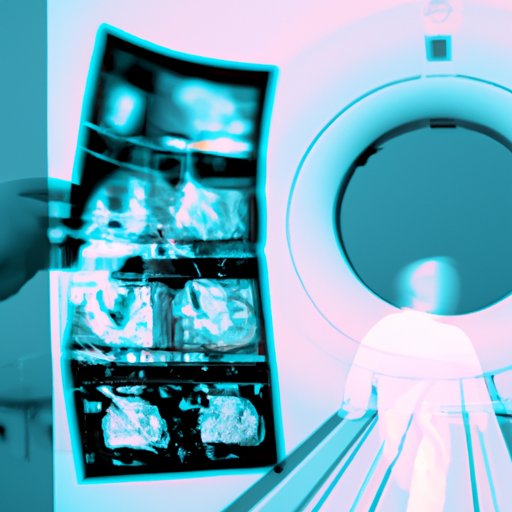Introduction
Computerized Tomography (CT) scans are a type of imaging technology used to create detailed pictures of the inside of the body. The images produced by a CT scan are more detailed than those produced by an X-ray. This article will explore how CT scans work, their benefits, potential risks, and costs associated with the procedure.
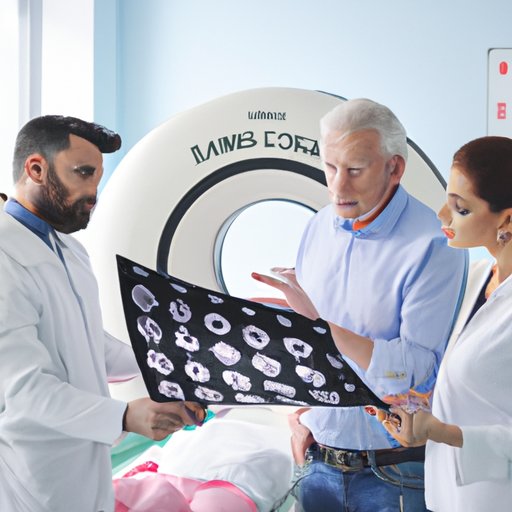
Explaining the Basics of CT Scan Technology
CT scans use X-rays to create detailed cross-sectional images of the body’s internal organs and structures. The images created by a CT scan can help doctors diagnose a variety of conditions and diseases. To produce the images, a special type of X-ray machine is used, which rotates around the body and takes multiple pictures from different angles.
The X-rays pass through the body, producing a series of signals that are then collected by detectors in the machine. The signals are sent to a computer, which processes them and creates the cross-sectional images. These images can be viewed from any angle, giving doctors a better view of the body’s internal structures and organs.
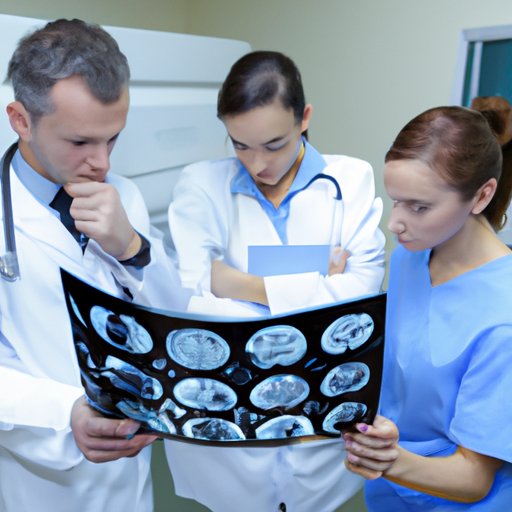
Examining the Different Types of CT Scans
There are several types of CT scans, each designed to image different parts of the body. These include:
- Head and Neck CT Scans – Used to examine the brain, head, neck, sinuses, ears, and eyes.
- Chest CT Scans – Used to examine the lungs, heart, chest wall, ribs, and blood vessels.
- Abdominal CT Scans – Used to examine the liver, gallbladder, pancreas, kidneys, and other abdominal organs.
- Pelvic CT Scans – Used to examine the bladder, uterus, ovaries, prostate, and other pelvic organs.
- Whole Body CT Scans – Used to examine the entire body for signs of cancer or other diseases.
Describing How a CT Scan is Performed
The process of having a CT scan performed typically involves the following steps:
- Preparation Before a CT Scan – The patient may need to change into a hospital gown and remove any jewelry or metal objects. Some scans also require the patient to drink a contrast dye to make certain organs or tissues more visible.
- The CT Scan Procedure – The patient lies on the table and is moved into the center of the scanner. The table then moves slowly while the scanner takes pictures of the body.
- Post-Scan Care – Once the scan is complete, the patient can return to their normal activities. If contrast dye was used, the patient should drink plenty of fluids to help flush it out of the body.
Exploring the Benefits of CT Scans
CT scans offer a number of advantages over other types of imaging tests. According to a study published in European Radiology, they are “accurate, fast, noninvasive, and relatively inexpensive.” Here are some of the specific benefits:
- Time Efficient Diagnostic Tool – CT scans are quick and easy to perform, often taking less than 30 minutes to complete. This makes them an ideal diagnostic tool for patients who need a fast diagnosis.
- Ability to Detect Subtle Changes – CT scans are able to detect subtle changes in the body that may not be visible on other imaging tests. This makes them especially useful for diagnosing certain conditions such as cancer.
- Accurate Imaging – CT scans produce highly detailed images of the body’s internal structures and organs. This allows doctors to accurately diagnose a variety of conditions.
Discussing the Potential Risks of CT Scans
Although CT scans are generally safe, there are some potential risks associated with the procedure. The most significant risk is radiation exposure. According to the American Cancer Society, the amount of radiation received during a CT scan is similar to that of a routine X-ray. However, some people may be more sensitive to radiation and may need to take extra precautions.
Another potential risk is the use of contrast dyes. These dyes are used to make certain organs or tissues easier to see on the scan. Some people may be allergic to the dyes and could experience side effects such as rashes, hives, or nausea.
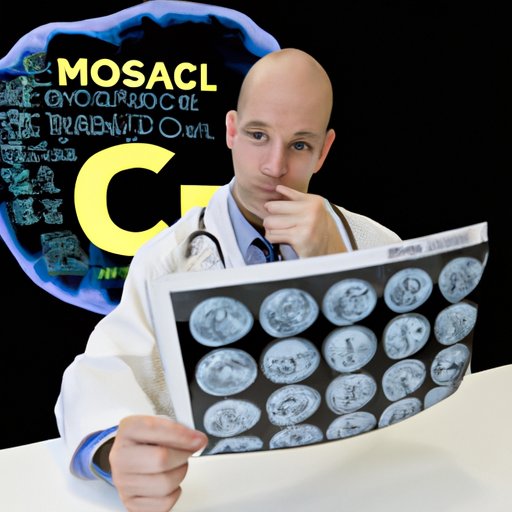
Analyzing the Cost of CT Scans
The cost of a CT scan varies depending on a number of factors, including the type of scan and where it is performed. Generally speaking, a CT scan can range from $100 to $1,000 or more. Most insurance providers cover at least part of the cost of a CT scan, so it’s important to check with your provider before scheduling the procedure.
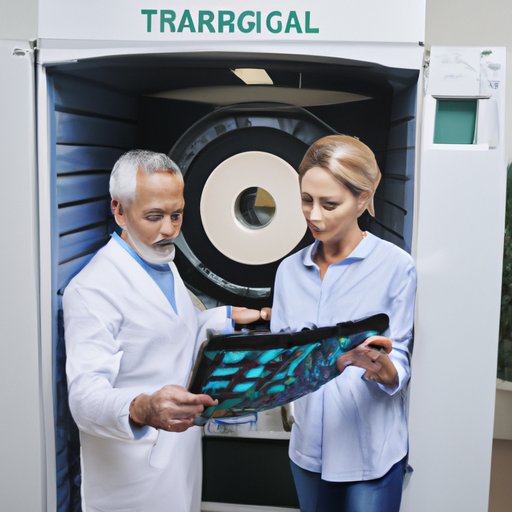
Outlining the Latest Developments in CT Scan Technology
Technology is constantly changing and improving, and CT scans are no exception. Some of the latest developments in CT scan technology include:
- Improvements in Image Quality – Newer CT scanners are able to produce higher quality images with greater clarity and detail. This makes them even better tools for diagnosing a wide range of conditions.
- Use of AI for diagnosis – Artificial intelligence (AI) is being used to analyze CT scan images and diagnose diseases more quickly and accurately.
- Automated Scanning Systems – Automated CT scanners can perform scans without the need for a technician or operator. This reduces the cost of the procedure and increases the accuracy of the images.
Conclusion
CT scans are a powerful and versatile imaging technology used to diagnose a wide range of conditions. They are fast, noninvasive, and relatively inexpensive, making them an attractive option for both patients and doctors. While there are some potential risks associated with the procedure, such as radiation exposure and the use of contrast dyes, these risks are usually outweighed by the benefits. With the rapid advancements in CT scan technology, it is likely that this imaging modality will become even more useful in the future.
(Note: Is this article not meeting your expectations? Do you have knowledge or insights to share? Unlock new opportunities and expand your reach by joining our authors team. Click Registration to join us and share your expertise with our readers.)
